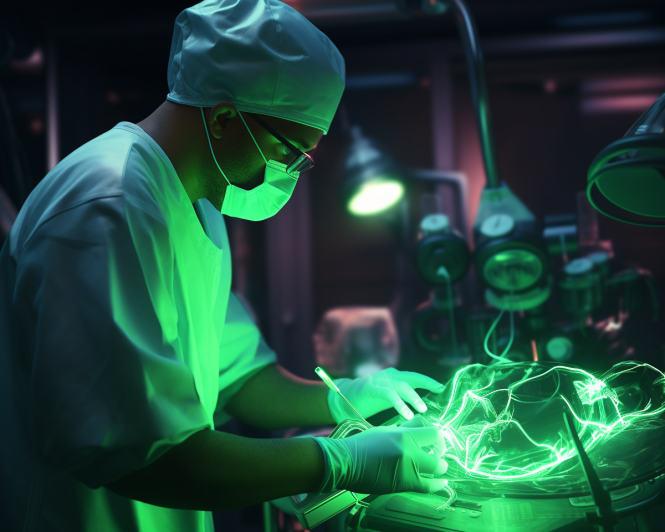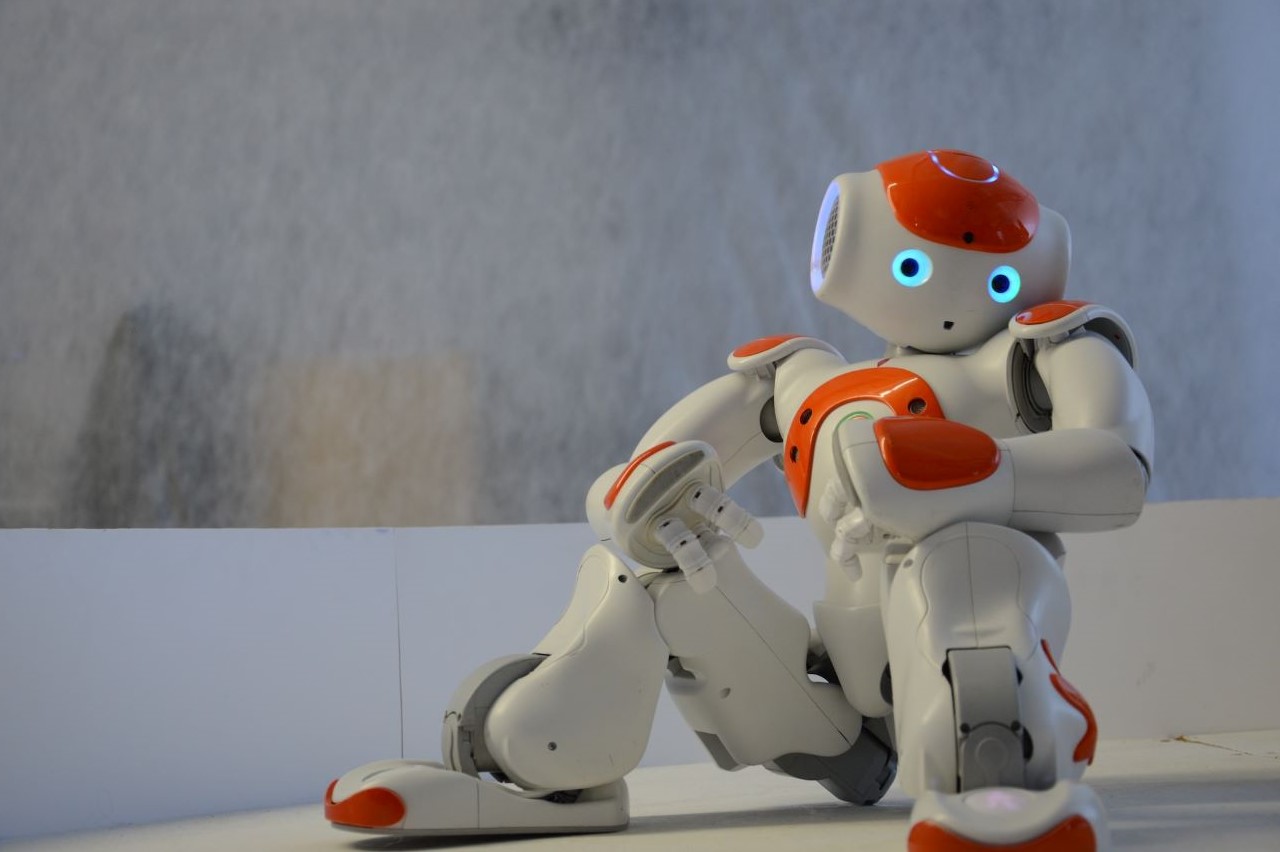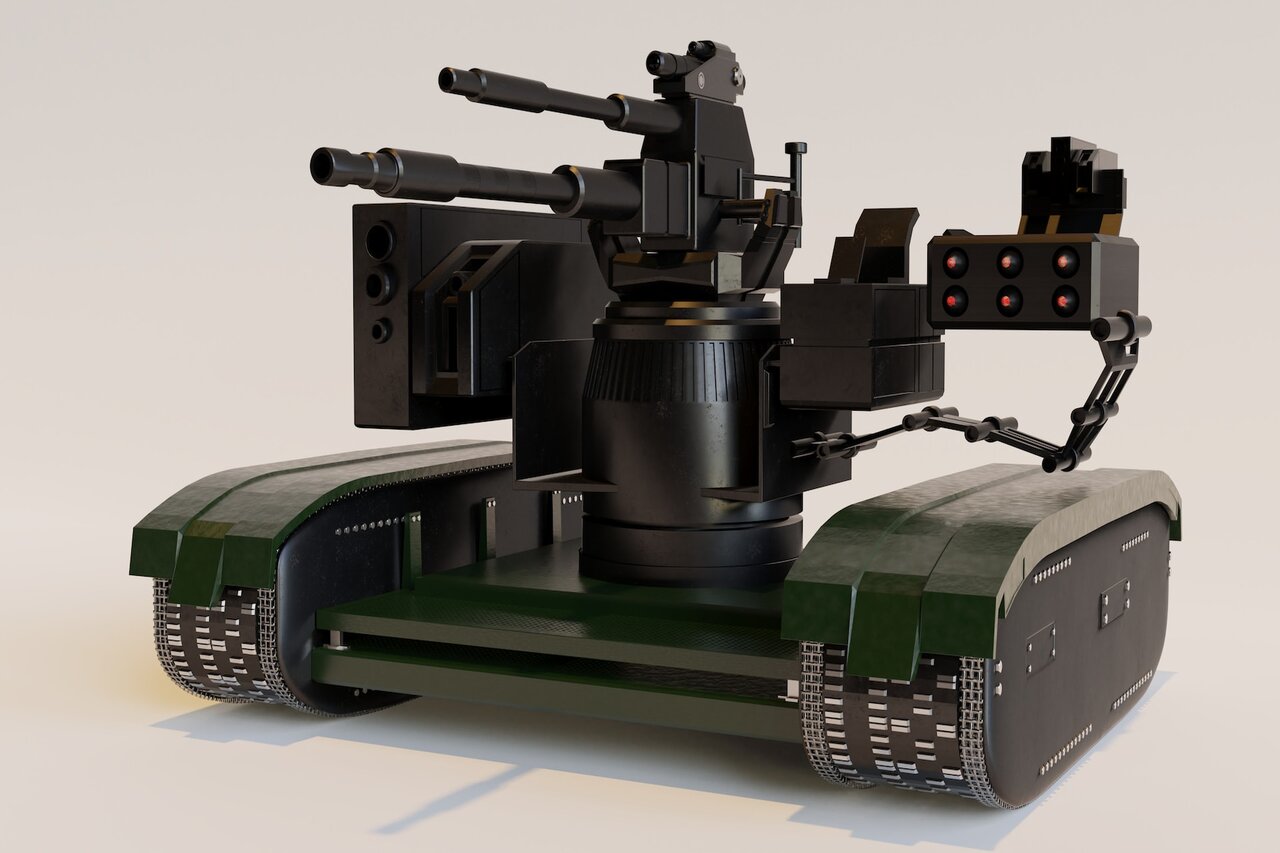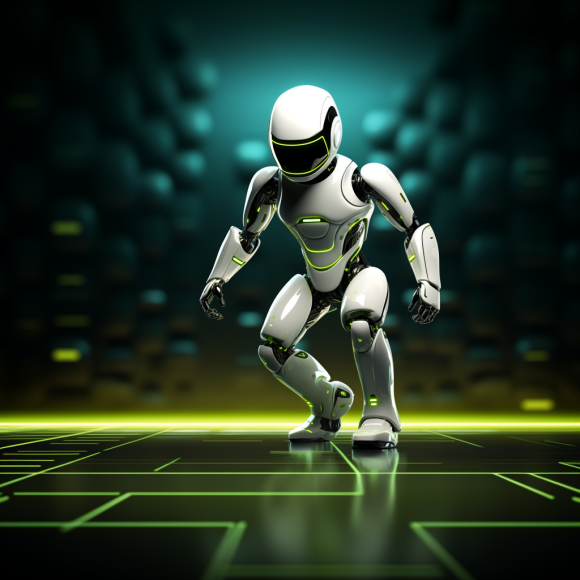Robotic technology is quickly progressing and becoming more suitable for a wide variety of industries. These uses of robots happened not long ago, and they’ll give you a glimpse into what’s possible.
1. Improved Disinfection
Hospitals must adhere to strict disinfecting requirements. Due to COVID-19, more business representatives realize they also have to adopt new cleaning routines to keep people safe.
An MIT-developed mobile robot uses short-wavelength ultraviolet light to disinfect surfaces. It can also neutralize aerosolized forms of the coronavirus.
When researchers tested the machine at a Boston food bank, they found that it cleaned the 4,000-square-foot area in only a half-hour. The team believes their innovation could also work well in other large spaces, like schools and grocery stores.
2. Reliable Deliveries
You may have heard about the delivery robots that roll to their destinations and let recipients retrieve their items by punching in a password to open a locked compartment. Engineers are working on another option, too.
A partnership between automaker Ford and a startup called Agility Robotics led to the creation of a bipedal robot named Digit. It could expand the uses of robots in the delivery sector, primarily due to how it moves.
In addition to folding up neatly to fit in the trunk of a car, Digit can handle obstacles often found in neighborhoods, such as curbs and steps. Agility Robotics started selling Digit this year. However, it expects to build only 20 to 30 of the machines throughout 2020 — probably due to their unspecified six-figure price tags.
3. Safer Blood Samples
If you’ve ever had a health care provider compliment your good veins, that comment probably caused a sigh of relief. It means medical professionals won’t struggle to see or feel veins when drawing blood or administering intravenous therapies.
Researchers completed the first human clinical trial of a robot that takes blood from patients. Its overall success rate of 87% across the 31 participants indicated that the bot performed as well or better than health care workers at the task. The robot was even more useful with people who had easily accessible veins, doing the job in 97% of those cases.
This invention is a fully integrated device that could draw blood in settings ranging from a hospital patient’s bedside to the back of an ambulance. The chances of complications go up when humans fail to find a person’s vein. The pain felt by the patient does, too. This machine could lead to better outcomes.
4. Engaging Education
A robotic teacher may sound strange at first. However, people are excited about the uses for robots in the classroom — particularly for learners with social or sensory processing challenges. Some professionals say that it’s easier for kids with autism to understand the simplified facial expressions of robots.
Since robots also behave more predictably than humans, kids can practice their social skills while interacting with the machines and have a better idea of the outcomes. The developers of one educational robot called ABii recently received a grant to add thermal sensors to the gadget. They can detect things like a young person’s breathing rate and body heat level, which could pinpoint when they get frustrated.
Bringing robots into a teaching environment is not the right decision in every case. However, as more of these purposeful robots arrive on the market, educators may realize that they have additional options for complementing their methods with high-tech equipment.
5. Consistent Mixed Drinks
Most people have had the experience of ordering the same cocktail twice in a row and having it taste a bit different each time. In South Korea, the uses for robots include bartending. The manager at one of the bars that has one said the machines give a level of consistency that humans cannot.
Someone who works at one of the establishments where robots make the drinks mentioned that people will likely feel safer being served by an innovative machine than a person, mainly while COVID-19 is still a risk. The companionship that bartenders provide during their work is something people miss, however.
The robots do talk, but only to describe the drinks they make and encourage people to consume them. Human bartenders have a long history of being the ones that people confide in when they’re going through a breakup, have had a hard day at work or are otherwise dealing with a hard time and need someone to listen.
Plenty of Opportunities
These examples show there is almost no limit to the uses of robots. Once people identify a challenge to solve or a need to fill, there’s a good chance these gadgets can assist with it.
Recent Stories
Follow Us On
Get the latest tech stories and news in seconds!
Sign up for our newsletter below to receive updates about technology trends














